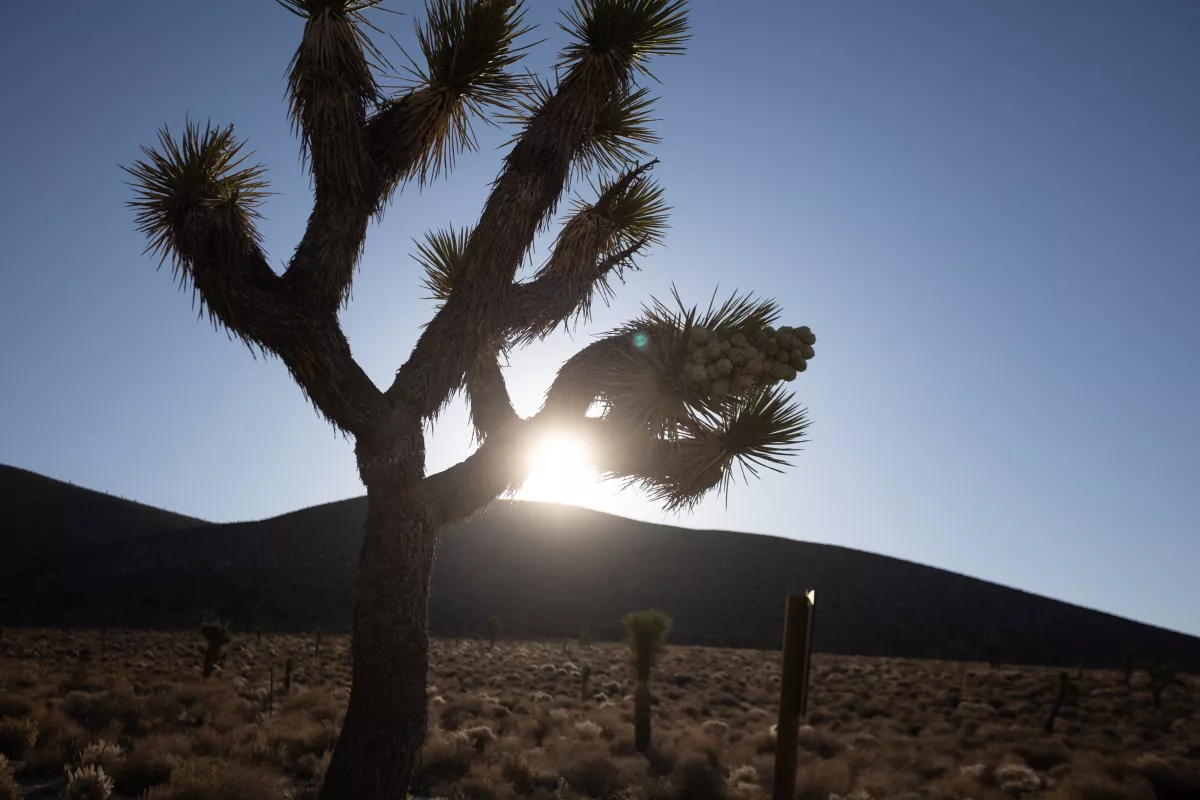
Apologies to all who are not interested in the proposed BLM regulation. I haven’t seen anything much in the press on it so thought I would dive in. Plus we only have 15 more days, and it’s not an ANPR like the MOG for the Forest Service, meaning we all have another go at the MOG (when it is a proposed rule) but not this one.
Other than Sammy Roth at the LA Times, who has been covering the protection/renewable energy tension for some time, I haven’t seen much coverage of the details of the regulation other than a bit of “good people want it, bad people don’t”.
Back to the solar industry letter: they raised two points that are worth further examination.
Is it or Ain’t it… a Big Change, and if Not, Why Are We All Here?
Why No OIRA?
In addition to these potential unintended consequences, the Proposed Rule is a major agency action that would substantially alter the status quo of BLM’s management of federal lands and therefore should be scrutinized to examine its economic and environmental consequences. Among other things, the Proposed Rule:
• Requires OIRA Review. BLM’s effort to shield the Proposed Rule from OIRA review is inappropriate. At a minimum, it must be subjected to the detailed policy analyses required of “major rules” under the CRA, “significant regulatory actions” under Executive Order (EO) 12866, and “significant energy actions” under EO 13211.
Assuming that the solar folks did their homework (does anyone know where to look for this in the reg?), I guess that answers my question as to how the proposed regulation did not encounter some resistance from USDA about redefining “conservation” differently from long-standing and widely popular USDA programs. In addition, it seems highly likely that DOE would be equally concerned about taking land off the table for solar and wind. It seems to me that the Admin can’t argue that:
By putting conservation on an equal footing with other uses, the proposal would help guide responsible development while safeguarding important places for the millions of people who visit public lands every year to hike, hunt, camp, fish, and more.
It’s a big thing that needs to be done, but not big enough to require OIRA. As we used in say when working with Roadless, “they need to pick a lane.” Except that politically generated proposals don’t have to. Speaking with a forked tongue is an inherent tendency of all politicos, but I still think we need to point it out when it occurs.
A Categorical Exclusion?
Back to the solar folks.
• Requires Full NEPA Review. BLM proposes to comply with NEPA by applying a Departmental categorical exclusion (CX) typically used for “policies, directives, regulations, and guidelines that are of an administrative, financial, legal, technical, or procedural nature or whose environmental effects are too broad, speculative, or conjectural to lend themselves to meaningful analysis and will later be subject to the NEPA process, either collectively or case-by-case.” The Proposed Rule goes well beyond what is appropriate for consideration under a CX, and BLM should prepare an EIS analyzing the Rule’s environmental and economic impacts, including an evaluation of the potential negative consequences for renewable energy development on federally managed lands.
Some of us remember a NFMA Planning Rule that was required to have an EIS done when a CE was originally used. I spent a large number of hours discussing this with lawyers so am hoping that some of them can shed some light on why or why not this kind of “procedures and definitions” only kind of reg deserves (or doesn’t) an EIS.
If a) the Proposed Rule is finalized with a CE and 2) people with funding for attorneys don’t like the Rule, it seems probable that, like the Planning Rule, an EIS would ultimately be required.
***********
More next time..